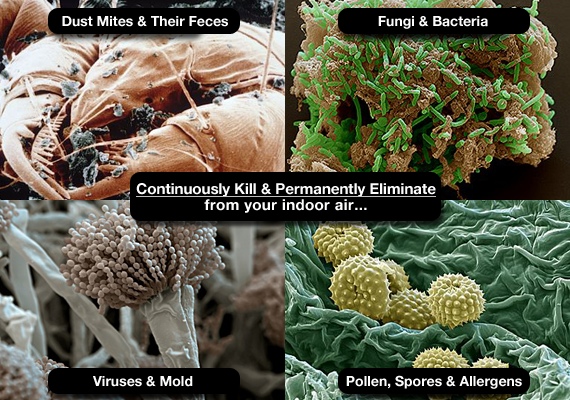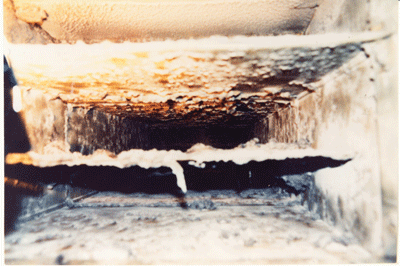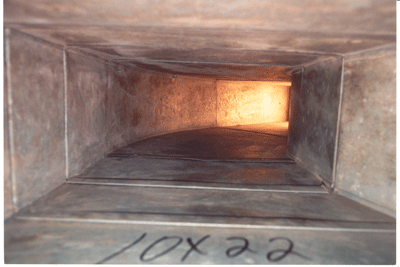Many people are concerned these days about home air duct cleaning. People with allergies and other respiratory problems may be particularly interested in making sure this component of their home is not contributing to their health issues. Professional services have sprung up to do the job for you, but some homeowners wonder about doing this job themselves. For those who are ready for taking on this maintenance task, there are a few things worth knowing.
One thing is that the EPA says that cleaning of home air system ducts is not generally needed on a yearly basis. They do recommend yearly replacement of air filters, or more often if they get dirty quicker. They also recommend cleaning of the condensate pan at least once a year, as well as the heating and cooling coils inside the unit and having the system inspected.
Cleaning the inside of the ducts, cleaning of registers, grilles, fan motor and housing are optional by EPA standards. However, they do recognize that cleaning of these components may help people with respiratory or other health challenges, or be advisable for systems operating in areas with heavy pollution.
Mold inside the system is sometimes a problem. Mold that starts in one part of the system, like near, or in the condensate pan or humidifier, can get airborne and take hold in ducts, grilles, registers and other components. Reaching mold in a duct system can be hard or impossible.
Biocides are sometimes used for killing the mold. Biocides must be registered for specific use in duct work. There are a few biocides registered for metal ducts. Flexible ducts do not have any approved biocides registered with the EPA at this time.
Mold contamination in flexible ducts may mean replacing the duct work. There are risks to health in using biocides for duct cleaning. Anyone thinking about this solution should consult a professional HVAC contractor.
Beyond that, cleaning the system involves dusting and wiping the grilles and register covers inside and out. Although a damp cloth may be needed for removing sticky dust, excess water should not be used as it can lead to mold. Steam cleaning of duct work is definitely not recommended for the same reason.
While the grills are off, vacuum as far back into the ducts as possible. Before starting any cleaning work on the heating and cooling system, turn the system off at the thermostat and also flip the breaker switch for safety.
The condensate pan can be vacuumed out with a wet/dry vacuum or mopped up with a sponge mop. Don’t use any strong soaps or cleaners as they may release odor into the system. Filters should be taken out and held up to the light and inspected. If they are clogged with dust, throw them out and replace with a clean filter.
The heating and cooling coils are inside the unit and are accessed by removing one or more panels. Be certain the power is off before opening the unit. Brush the coils with a stiff, dry brush and wipe them with a clean cloth. Look for excess water on the coils that could be a sign that the system needs servicing.
Look for leaks or wet areas in insulation wherever it comes in contact with any component of the system. If there is moisture, get professional help for resolving the source of the problem. Clean the motor and blower units with a damp cloth or brush to remove dust and debris.
These steps are the basics of cleaning a forced air heating and cooling system, whether it is done by the homeowner or a professional duct cleaning service.




